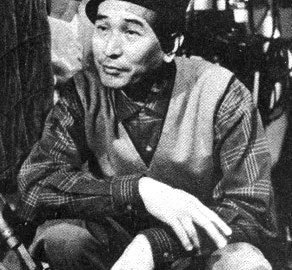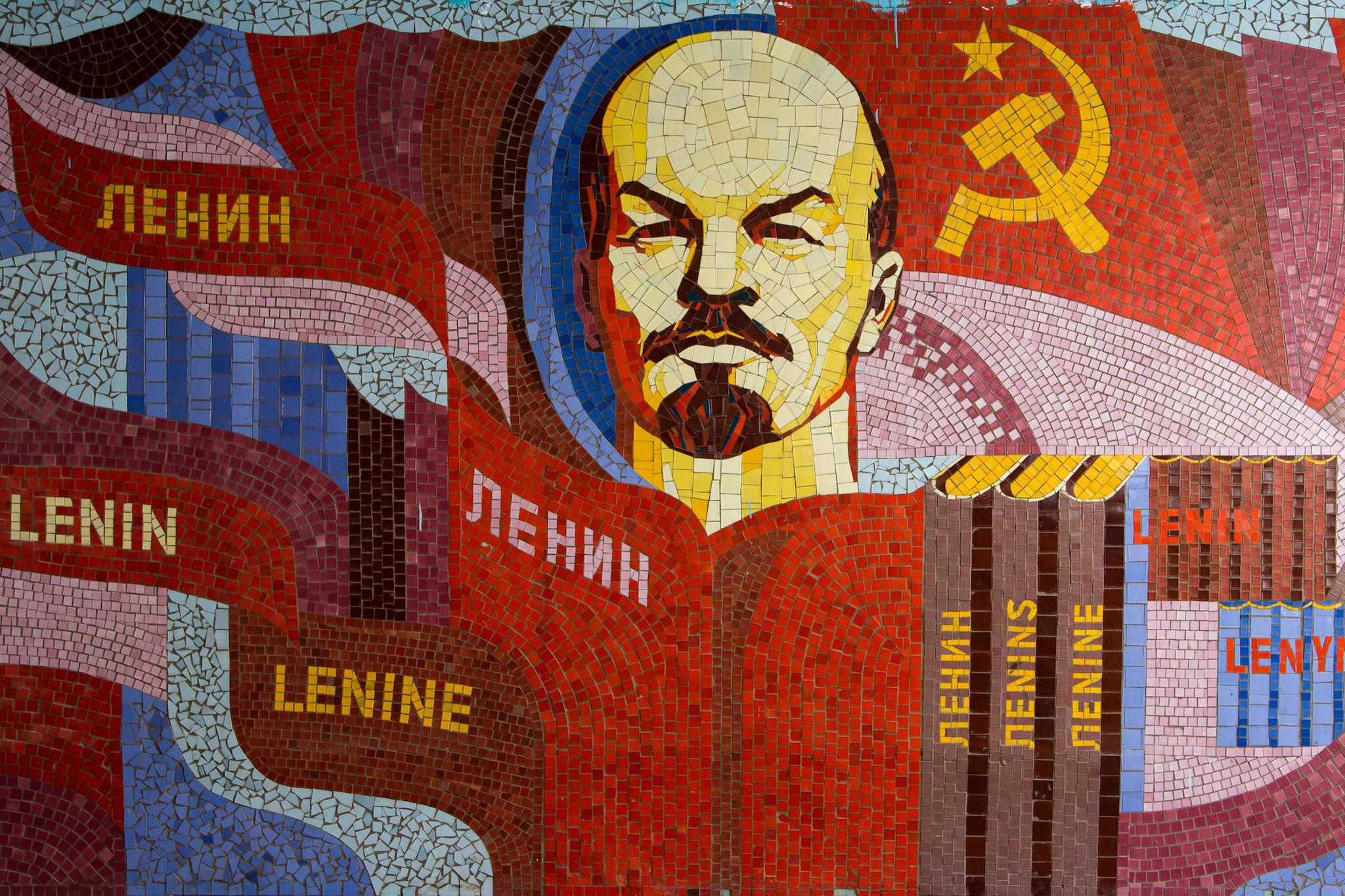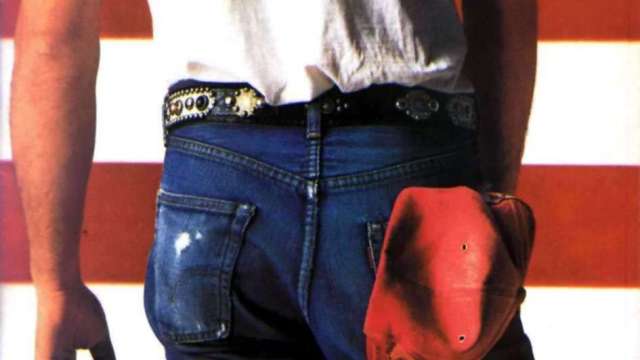Japanese Film Legend Kurosawa: Master Craftsman

I’m writing a novel, titled Anamorphosis, that revolves around the challenges an African American auteur experiences when he agrees to direct a film because he needs the money. I’ve never made a movie myself, so I’ve had to rely on research and my imagination to generate the chapters I’ve accumulated so far. My protagonist, at one point in the story, is enamored of the time he spent in Japan, where he was forced to use the lack of space to his advantage as a director. The amazing thing about this scene I made up is, until this week, I’d never seen a movie by a Japanese director, but when I watched Ikiru by Akira Kurosawa, I could feel I’d been on the right track all the time.
Kurosawa is a legend among the cognoscenti of the film world, not the people commonly associated with movies: the producers, studio chiefs, stars, and all the attendant celebrity we lavish upon them. It is among those who actually practice the craft of filmmaking – the screenwriters, the cinematographers, the directors, the film editors, the lighting specialists – that this Japanese moviemaker is held in high esteem.
He directed the original award-winning Roshomon, as well as Seven Samurai. I am rarely attracted to movies with subtitles, but with Ikiru, the director and screenwriter gave me chance to like it by beginning with a dose of ironic humor. By the time we moved to more intimate scenes, I was hooked. It was as if he were building a Faberge egg instead of a movie, as if he were fitting the intricacies of his scenes within scenes inside the jeweled movements of the intricate creations Faberge himself dreamed up for Russian royalty.
“Every director,” my Intro to The History of Film instructor intoned years ago, on the first day of class, “if he makes enough movies, will reveal to us in the details of his work something about his personal obsessions. Hitchcock was famous for his preoccupation with statuesque platinum blondes. Klaus Kinski for his fixation on the eroticization of death. Orson Welles for the megalomania that put him in front of the camera as well as behind it.”
Excerpt from Anamorphosis
The Kurosawa obsessions, according to a critical essay by Andrew Sarris are stormy, psychological expressionism, the inner torment, and the lordly absolution of mere mortals from their indecision.
At one point in Ikiru the protagonist, who learns that he has an incurable disease and decides to live it up, is drunk in a night spot when he begins to howl. In the second after Walt Whitman’s “barbaric yawp” came to mind, I knew what legions of Kurosawa devotees have known for decades – that the legendary director understood how to film a movie in a way that revealed human truths.
For two years in Hong Kong, I shot movies among the ceaseless Japanese masses, within the confines of some of the smallest interior spaces in the world. Deconstructing the identity of each individual character against a backdrop emphasizing a lack of personal space was a perfect use of irony in those films.
Excerpt from Anamorphosis
The movie, which began innocuously enough with a pastiche of shots meant to convey the banality of government bureaucracy, evolved into an intimate depiction of the personal struggles endured by a man who finds out his days are numbered. It was as if the faces of the actors had crept up to the viewer surreptitiously, as if the camera had not been trained on them the whole while, until their minute expressions filled the screen with the kind of real-life nuances we display in similar situations.
In fact, the multiple camera technique that helped to win the movie The Hurt Locker the Best Picture Award at the Oscars was used by Kurosawa to attain the same effect on the actors that Kathryn Bigelow, The Hurt Locker’s director, was looking to achieve with the four cameras she used to film her movie’s scenes
It is rare that I enjoy a subtitled film, but the movie worked so hard to tell me a story, I almost didn’t need it by the end. Since it is the 100th anniversary of Kurosawa’s death, it might be well worth your time to invest a couple of hours in watching one of his films.




